Last June 29, some of the greatest minds in the local esports and gaming industry sat at a roundtable discussion to talk about esports as an emerging sector and its potential influence on the future of the creative industries in the Philippines.
With Evident Integrated Marketing and PR CEO Cecile Dominguez-Yujuico moderating the panel, Tier One Entertainment CEO Tryke Gutierrez, Gariath Concepts Vice President for Business Development Ralph Aligada, Philippine Esports Organization (PESO) Deputy Executive Director Marlon Marcelo, Game Developers Association of the Philippines (GDAP) President Alvin Juban, and esports caster Mara Aquino shared their insights about the local esports and gaming ecosystem.
Here are some key points in their discussion:
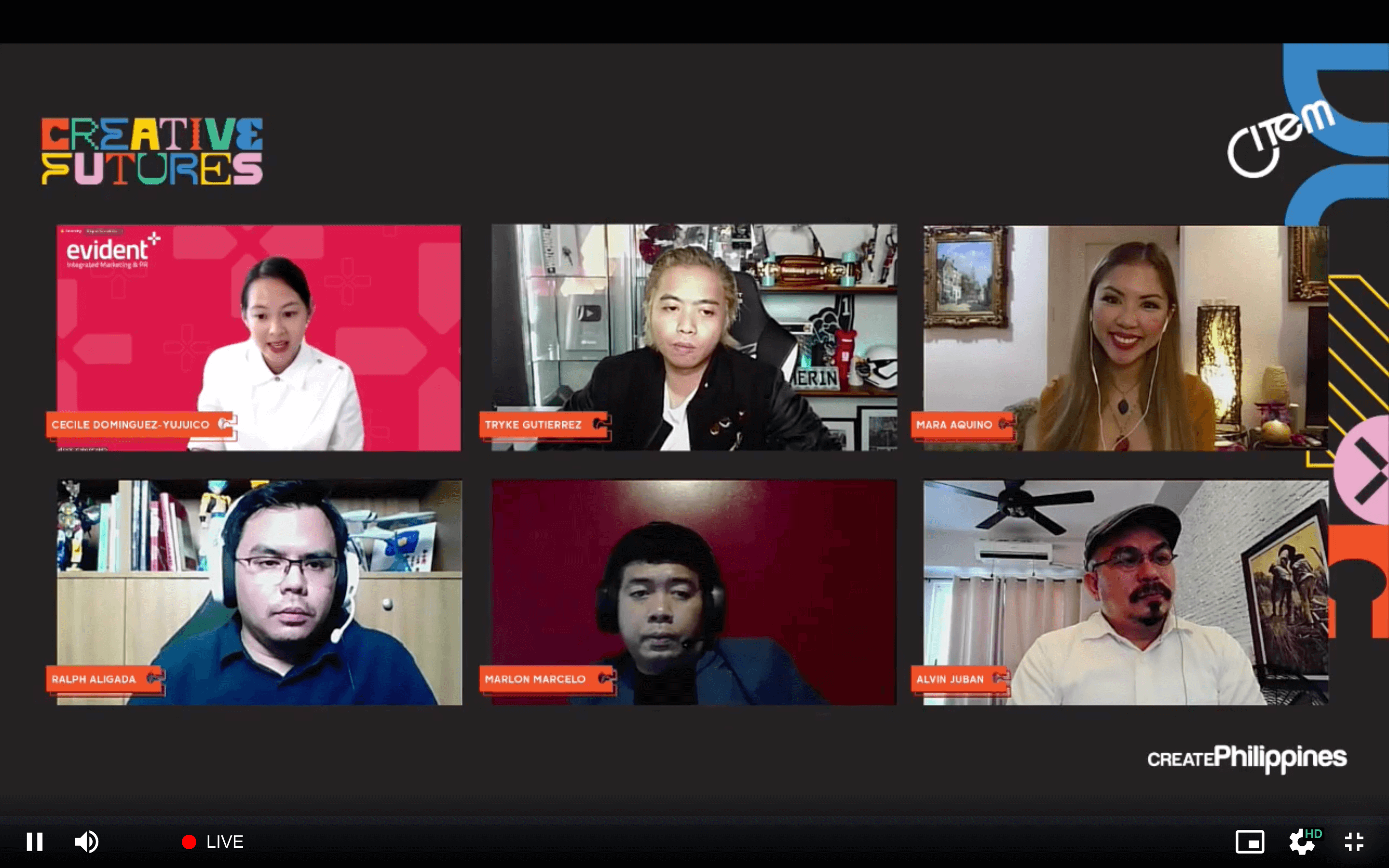
The esports industry is resilient
Before it found itself thriving in a pandemic, esports and gaming struggled to navigate the early months of the health crisis, just like any other industry. Mineski, one of the local esports giants, had to shut down almost 120 of its cybercafés around the country. However, as the pandemic halted physical interaction and the world was stuck at home, people stepped into esports and gaming to alleviate growing anxiety levels.
The demands have rapidly increased as the number of downloaded games has advanced to what is projected in the next three years. Esports and gaming companies had to adapt and this resulted in more opportunities for creative talents in different parts of the industry. And while the revenue generated from gaming has motivated people to set up their streaming platforms, Tryke Gutierez sees that the industry is sustainable and far from oversaturation.
“I feel like there’s more than enough room for new streamers that will get into the space…because with more streamers there will be more audiences too,” said Gutierez.
While traditional sports were restricted entirely last year, the esports industry has significantly grown, and the initiative to hold tournaments where professional players can compete at their boot camps has materialized. The two previous seasons of the Mobile Legends Professional League Philippines have been held online but have gained remarkable engagement from the fans and support from sponsors. The local professional league peaked at 1.4 million live viewers and 33 million total watching hours.
“Not just in terms of creativity, but also in terms of technology, esports and gaming, and all the attached industries can definitely survive the pandemic,” Ralph Aligada said.

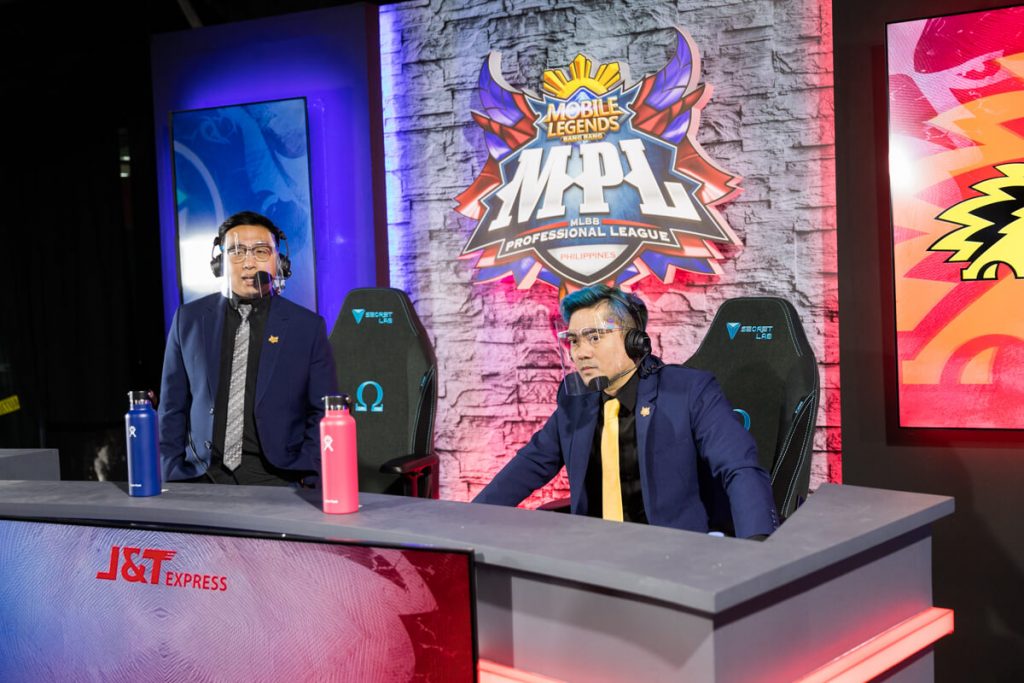
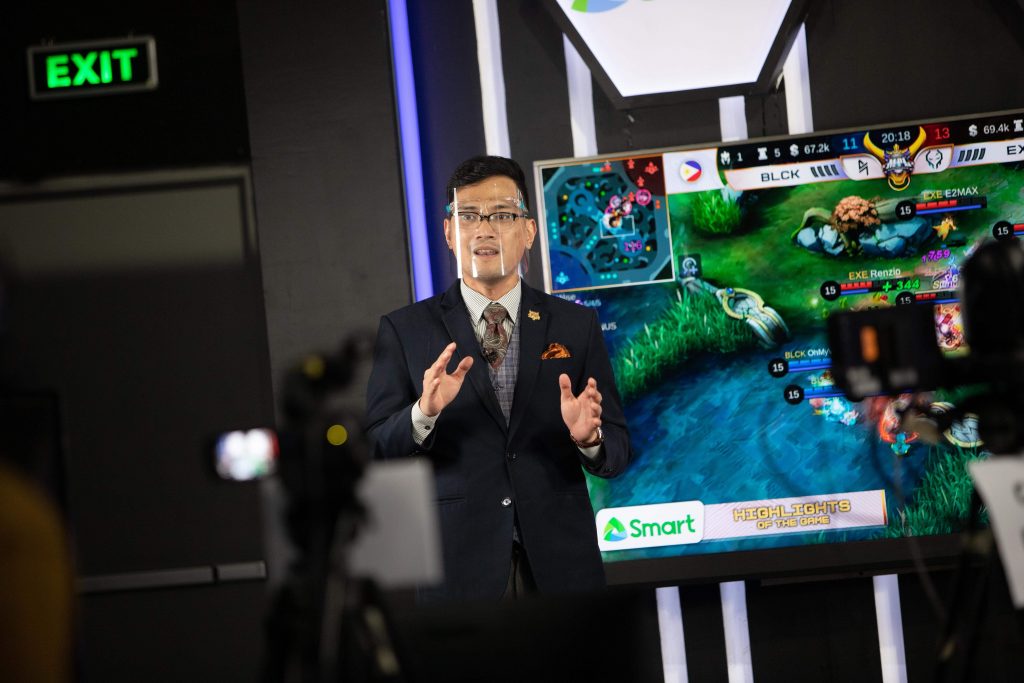
Esports and gaming are not the same thing
To understand the ecosystem of esports and gaming, one must understand the difference between the two. One of the most common misconceptions about the industry is that esports enthusiasts and gamers are the same, and it boils down to one fact – they play games. However, depending on the games, teams, and competitions they follow, esports enthusiasts and gamers come from various communities.
Gamers can range from a six-year-old kid messing around with an educational video game to a 45-year-old adult playing Candy Crush. On the other hand, the communities of esports enthusiasts are different. The communities of First-person shooter (FPS) games such as Counter-Strike, Valorant, and Call of Duty are different from each other and far more divergent from Multiplayer Online Battle Arena (MOBA) games such as DOTA 2, League of Legends, and Mobile Legends. These communities have their own set of followers, all considered by tournament and event organizers like Gariath Concepts.
Esports has a long way to go in the Philippines
Despite significant growth over the years, the esports and gaming ecosystem in the Philippines requires a considerable amount of time and effort to reach its full potential.
The panel briefly discussed what kind of government assistance the esports and gaming industry needs. Believing that the Philippines is at the center of esports growth in Southeast Asia, Gutierez aspires to have an economic zone for esports and gaming – one that can be a home for esports, gaming, and global technology companies.
Alvin Juban sees that the Philippine Game Development industry is far behind other countries; that’s why he encourages better fiscal incentives to attract foreign investors and seasoned talents from around the globe to decide to set foot in the country.
“Remember, this pandemic has taught us a new way to do our business. And you know what, it can actually work,” said Juban.
Aligada suggested revisiting the Guidelines Governing the Conduct of Electronic Sports (E-Sports) in the Philippines implemented by the Games and Amusement Board. Specifically, he cited the rule that requires esports players who receive prize money from a tournament to apply for a professional license.

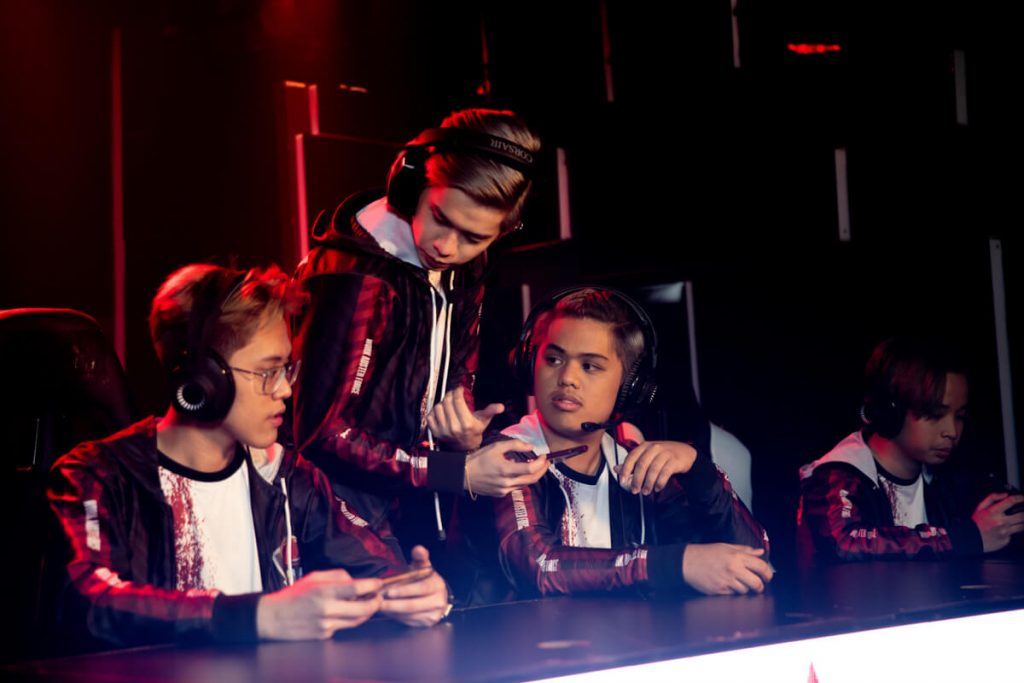
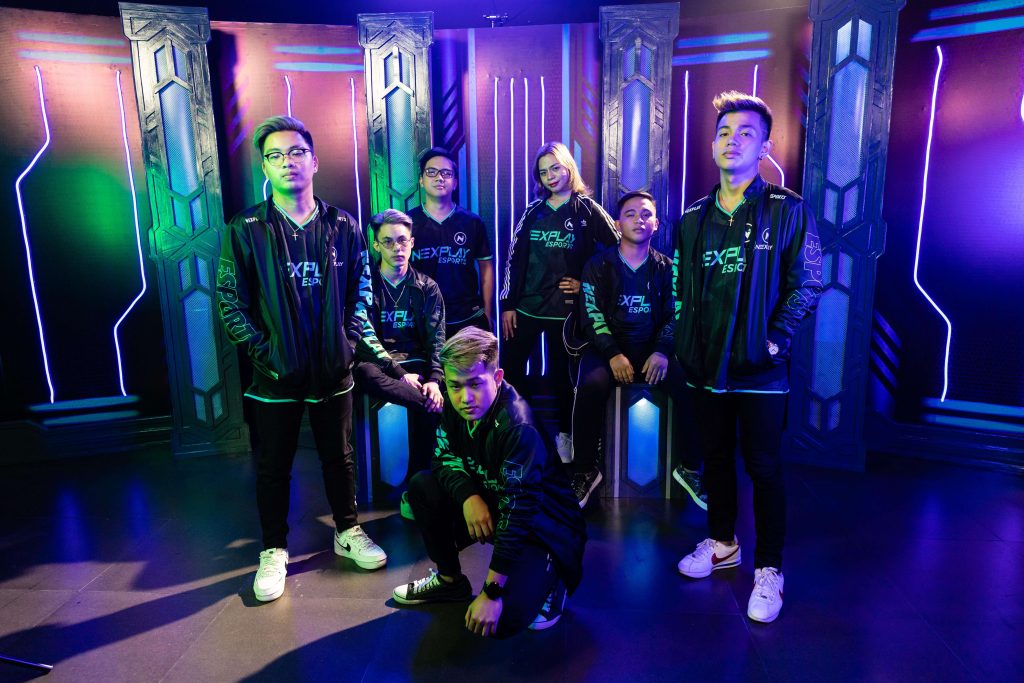
Finally, esports is a sport
Before the panel started their discussion, Evident Chief Integrated Marketing and PR COO Stephanie Balois-Guerrero shared an overview of the industry—how it was tagged as a “destructive social enemy” and what esports really is. She discussed several scientific shreds of evidence that validate why esports professionals are real athletes.
Esports is a sport. But unlike the traditional ones, the playing field is even in esports. Physical attributes such as height, weight, and shape do not grant inherent advantage to anyone in esports. It does not discriminate and brings people together through shared competitiveness.
Esports isn’t just hype. It has been a haven for brands and businesses. The esports and gaming industry significantly grew over the past years, and it is on its way to a more extensive ecosystem.
To learn more about esports marketing, visit evident.ph or reach out to us at [email protected].


